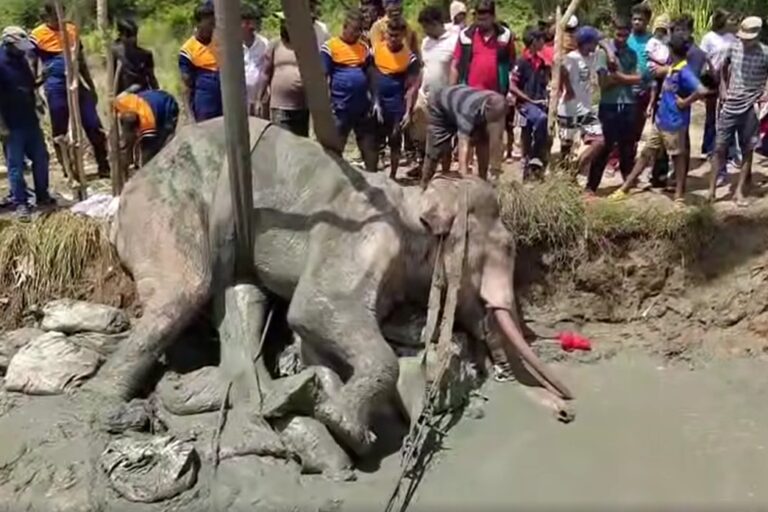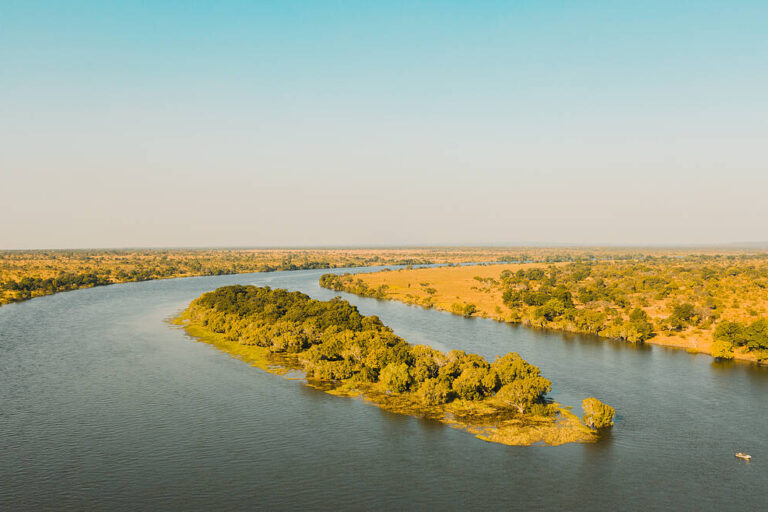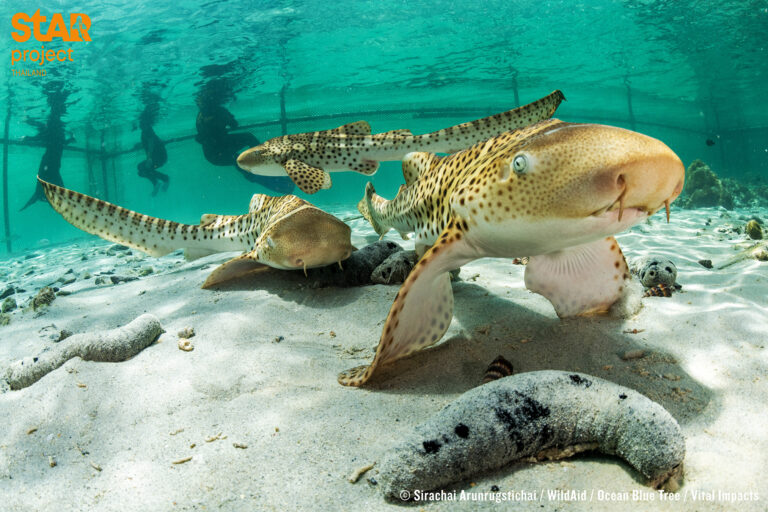- The Amazon rainforest experienced record-breaking high temperatures and severe drought during the 2015-16 El Niño, according to a recent study, and the area of drought-stricken forest was 20 percent greater than other extreme El Niño events.
- This Amazon drought pattern differed from previous El Niños, with drought in the east, and above-average rainfall in the west. Scientists think the precise location of El Niño warming in the Pacific may be responsible: the most recent El Niño saw warming in the Central Pacific, rather than in the Eastern Pacific as in 1982-83 and 1997-98 El Niños.
- Tree mortality increases and tree growth decreases during severe droughts, with implications for the global carbon cycle. Drought-induced effects reduce the capacity of the Amazon rainforest to store atmospheric CO2, and those effects could, over time, result in the Amazon shifting from being a carbon sink to being a carbon source.
- A primary concern for scientists is that as climate change escalates, extreme El Niño events will become more common, with the Amazon Basin having less recovery time between events and therefore losing resilience. If a tipping point is reached, then the Amazon could make a shift from CO2 sink to source, adding significantly to global warming.

The 2015-16 El Niño had a record-breaking impact on the Amazon rainforest, with the region experiencing new extremes of heat and drought, a recent study found. Weather conditions such as these negatively affect the growth and functioning of the Amazon’s trees, which play a critical role in regulating the global climate.
The El Niño, or, more fully, the El Niño Southern Oscillation, is at one extreme of a natural cycle and is marked by unusually high sea surface temperatures in the central and eastern Pacific Ocean.
Occurring every few years, but hard to predict, El Niño is felt around the world. It spawns wild, erratic, and frequently destructive weather patterns: severe ice storms in Canada, record coral bleaching, floods in Peru, drought and floods in Indonesia, and drought in Mozambique. These temporary weather extremes have huge impacts on ecosystems, agriculture, and human livelihoods, and at their worst can result in humanitarian crises like those seen currently in countries across the tropics.

The new study, led by scientists at the Global Change Unit at the University of Valencia, Spain, examined how the most recent El Niño — and the conditions that led to it — compared with two particularly strong El Niños that occurred since 1979. The time period examined included the El Niño of 1982-3; the “El Niño of the century” in 1997-98; and the historic Amazonian droughts of 2005 and 2010.
The scientists analysed sea and land surface temperatures, an index of drought severity, and precipitation records to piece together what exactly determines the varied ways in which El Niño plays out in the Amazon Basin.
The team found that not only was 2015 likely the hottest year for the Amazon since 1900 —1.5 degrees Celsius (2.7 degrees Fahrenheit) warmer than during the 1997-98 El Niño — but also that the area of the Amazon experiencing extreme drought was about 20 percent larger than ever seen before.
But the “most striking result” of all, according to the study’s lead author Juan Jiménez-Muñoz, was the “different spatial pattern of drought when compared to the last strong El Niño events.” Instead of the drought being experienced across the whole of the Amazon, as in other El Niño years, there was a marked distinction between drought in the east, and above-average rainfall in the west. A similar pattern to this was seen during a weaker El Niño in 2009-10, Jiménez-Muñoz revealed.
What both the 2015-16 and 2009-10 events shared was something taking place thousands of miles away. Warming in the Pacific affects wind patterns and atmospheric convection currents, and together these determine when and where rainfall is most concentrated.
The researchers think that the precise location where this warming occurs in the Pacific is key: warming in the Central Pacific was associated with the wet-dry pattern seen in the most recent El Niño; whereas warming was centered in the Eastern Pacific near the coast of Peru in 1982-83 and 1997-98.

Another key distinction from previous El Niño events was the temperature during the preceding year; high temperatures in 2014 may have contributed to the warming in 2015, something not seen in 1981 or 1996.
The implications of the 2015-16 El Niño with its extreme temperatures and drought, and especially the concentration of drought-stricken areas in the northeast Amazon, remain to be seen. But based on studies of previous droughts scientists know that “tree mortality increases, and that tree growth declines,” said Ted Feldpausch, of Exeter University, UK.
“To understand the effect on forests and individual trees requires a suite of airborne, satellite, and ground-based studies,” explained Feldpausch, a tropical forest ecologist who has studied the impacts of droughts on the Amazon, but who was not involved in the recent study.
Some research has found that larger trees, and those with lower wood density, are most affected by droughts, but it’s not yet clear how this will unfold across the Amazon ecosystem. “Understanding how different species respond to drought will help us to better understand whether forests will remain relatively unchanged over the long-term, or shift in structure and function due to the survival of species with specific traits,” Feldpausch said.

As trees die and decompose they release the carbon dioxide they have sequestered during their lifetimes. And as tree growth slows, less carbon dioxide is absorbed from the atmosphere. Together, and on the scale of the vast Amazon basin, these drought-induced effects reduce the capacity of the Amazon rainforest to act as a sink for atmospheric CO2.
Droughts and high temperatures also increase the risk of forest fires, which further contributes to tree death and the loss of forest biomass, Jiménez-Muñoz noted. Fires are frequently started deliberately to clear land, but can easily burn out of control when conditions are extremely dry. Brazil’s forest fires raged during the 2015 dry season, and 2016 saw even more extensive fires. As the forest goes up in smoke, a lot of carbon dioxide is released into the atmosphere very quickly, speeding climate change.
With global carbon dioxide levels recently crossing a landmark threshold of 400 parts per million, changes in the carbon cycle on an Amazonian scale are globally important. Annually, the Amazon usually absorbs in the region of half a billion tons of carbon — more than Russia’s annual carbon emissions, and equivalent to about a third of those from the US. But the magnitude of this carbon sink has been declining in recent years, and during an extreme drought in 2010 it stopped altogether.
Jiménez-Muñoz speculates that something similar could have happened during the 2015-16 El Niño drought, but cautions that this will need to be corroborated with further research.
“In a recent study using three decades of tree census data from the RAINFOR network, we found that the rate of carbon accumulation in trees is declining, indicating that in the not too distant future, ‘old-growth’ Amazonian forests may no longer act as an above-ground carbon sink,” Feldpausch said. “One of the potential drivers of this change that we continue to study is the effect of precipitation anomalies like the current El Niño event.”

Feedbacks between El Niño and global warming are “still a matter of debate” among the scientific community, Jiménez-Muñoz cautioned. But when they do occur “[i]t seems that El Niño events lead to a kind of ‘jump’ in global temperatures, with probably no [way] back,” he said. “If more extreme El Niño events occur more frequently in the future [something that is predicted in some models, but not others], it will probably accelerate the global warming.”
For the Amazon, the long-term outlook is also unclear. It was thought that tropical forests such as the Amazon were resilient to severe droughts, Jiménez-Muñoz said, but in light of multiple events in recent years “[i]t seems that [the] Amazon forest can recover from one particular severe drought, but its resilience suffers when repeated droughts are present.”
“The main question that remains,” according to Feldpausch, “is what happens if the Amazon Basin continues to have record breaking temperature and drought anomalies reoccurring at very short intervals?”
Some fear the Amazon may be nearing a ‘tipping point’, moving from being a carbon sink to being a carbon source, with the El Niño droughts and fires possibly accelerating that transition. “I don’t think we are approaching a tipping point in the short term, but [we do] have scientific arguments to be worried about,” concluded Jiménez-Muñoz. “[W]e should keep our eyes on the Amazon ecosystem to see how this evolves in the years ahead.”
Citation:
Juan C. Jiménez-Muñoz, Cristian Mattar, Jonathan Barichivich, Andrés Santamaría-Artigas, Ken Takahashi, Yadvinder Malhi, José A. Sobrino & Gerard van der Schrier (2016). Record-breaking warming and extreme drought in the Amazon rainforest during the course of El Niño 2015–2016. Scientific Reports 6:33130 DOI: 10.1038/srep33130














